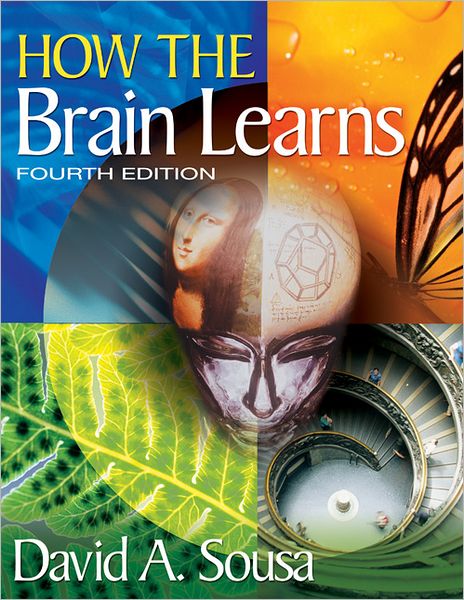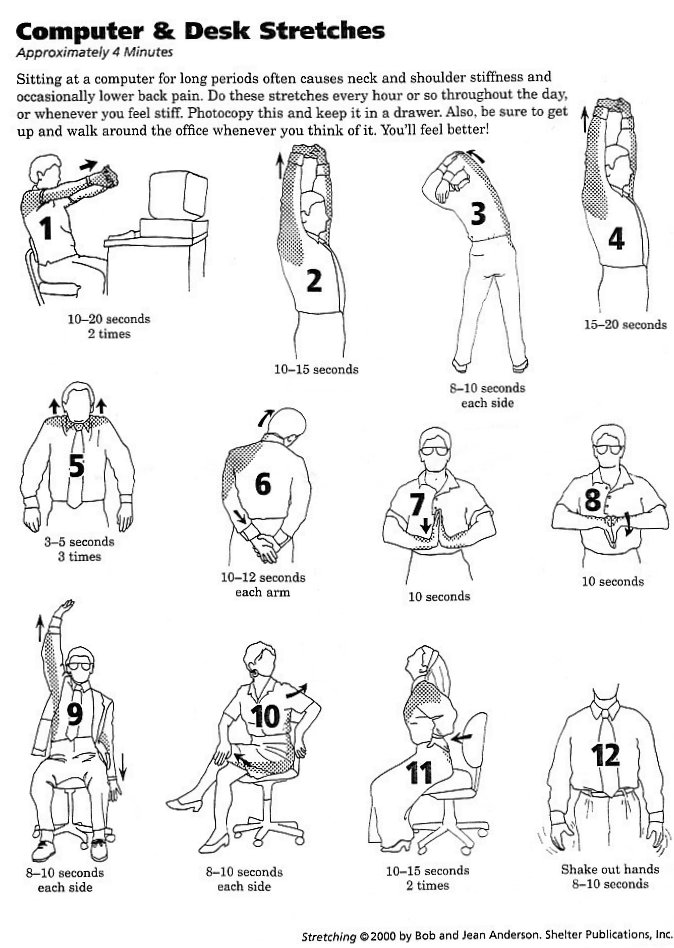The Dangers Of Ineffective Practice
 “Practice does make permanent, thereby aiding in the retention of learning. Consequently, we want to ensure that students practice the new learning correctly from the beginning…If they unknowingly practice the skill incorrectly, they will learn the incorrect method well! This will present serious problems for both the teacher and learner later on because it is very difficult to change a skill that has been practiced and remembered, even if it is not correct. If a learner practices a skill incorrectly but well, unlearning and relearning that skill correctly is very difficult. The degree to which the unlearning and relearning processes are successful will depend on the:
“Practice does make permanent, thereby aiding in the retention of learning. Consequently, we want to ensure that students practice the new learning correctly from the beginning…If they unknowingly practice the skill incorrectly, they will learn the incorrect method well! This will present serious problems for both the teacher and learner later on because it is very difficult to change a skill that has been practiced and remembered, even if it is not correct. If a learner practices a skill incorrectly but well, unlearning and relearning that skill correctly is very difficult. The degree to which the unlearning and relearning processes are successful will depend on the:
1) Age of the learner (i.e., the younger, the easier to relearn),
2) Length of time the skill has been practiced incorrectly (i.e., the longer, the more difficult to change),
3) Degree of motivation to relearn (i.e., the greater the desire for change, the more effort that will be used to bring about change).” -From, “How The Brain Learns,” By: David A. Sousa





